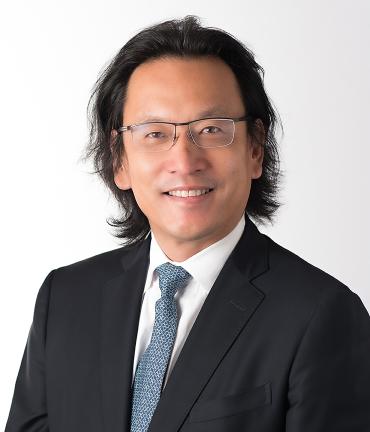
Atypical Teratoid / Rhabdoid Tumor (AT/RT)
AT/RT is a rare, highly malignant brain tumor that primarily affects very young children (typically younger than three years old).
Although AT/RT may arise anywhere in the brain or spinal cord, about half of AT/RTs originate in the cerebellum and the brainstem.
AT/RT cells contain mutations in either of the following genes:
- SMARCB1 (also called INI1)
- SMARCA4 (also called BRG1)
Both these genes make proteins that are involved in controlling cell growth; if mutations prevent either protein from being made, or disrupts the protein’s function, then uncontrolled tumor cell growth may occur. It is also possible that changes in the SMARCB1 and SMARCA4 genes can be inherited. If so, it is possible that tumors may occur in multiple parts of the body (e.g. brain and kidney).
Signs and symptoms of AT/RT vary widely across patients, and depend on the patient’s age and location of the tumor. Because AT/RTs grow quickly, signs and symptoms may develop quickly and worsen over the course of weeks or even days. Symptoms of AT/RT may include the following:
- Morning headaches
- Headaches that are less painful after vomiting
- Nausea and vomiting
- Unusual sleepiness
- Changes in activity level
- Loss of balance or coordination (including trouble with walking)
- Increase in head size (in infants)
Many AT/RTs start growing in the cerebellum, which results in symptoms like headaches, nausea, vomiting, and balance or coordination issues. Other tumor types that originate in the cerebellum (like medulloblastoma) have similar symptoms.
AT/RT is relatively rare, accounting for 1.6% of primary brain tumors in children and adolescents.1 These tumors most commonly occur in children (three years or younger), but can also occur in older children and adults.
AT/RT is both diagnosed and treated with surgery, since tissue samples are required to confirm diagnosis. The surgeon will remove as much of the tumor as possible, and most likely additional treatment with chemotherapy and/or radiation will be required.
Treatment will depend on a variety of factors, including the size and location of the tumor, as well as the patient’s age. However, because AT/RTs are so aggressive, patients may receive treatments that may combine chemotherapy, radiotherapy, and high-dose chemotherapy with stem cell transplant.
Experimental treatment options may be available through clinical trials that are testing new strategies. UCSF is currently conducting a phase I trial of an oncolytic virus that targets the protein CD46, which is highly overexpressed by medulloblastoma and AT/RT cells. When the oncolytic virus recognizes CD46 it causes cell destruction and tumor regression. This first-of- its-kind therapy is a new, targeted treatment option for patients with recurrent tumors that cannot be cured with standard care.
AT/RT is a highly malignant and aggressive form of brain cancer. Older children, and those whose tumors were completely removed before metastasis have better outcomes. In some cases, intensive therapy combining surgery, radiation, and chemotherapy has shown promise. Research is ongoing to develop more effective therapies that can improve survival of patients with AT/RT.
Finding information about specific prognoses and survival rates is a personal decision. The current statistics are only summary data, and don’t necessarily reflect results from new or experimental therapies. These data do not determine how individual patients might respond to their treatment—everyone is different. That said, some people may choose to look for this information, which can be found in the most recent CBTRUS Statistical Report, in Tables 21-25.1
- Ostrom, Q.T., et al., CBTRUS Statistical Report: Primary brain and other central nervous system tumors diagnosed in the United States in 2010-2014. Neuro Oncol, 2017. 19(suppl_5): p. v1-v88.
Surgical Specialists
This content was reviewed by UCSF pediatric neurosurgeon Nalin Gupta, MD, PhD.



